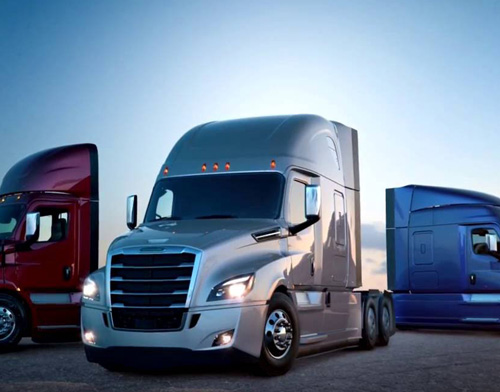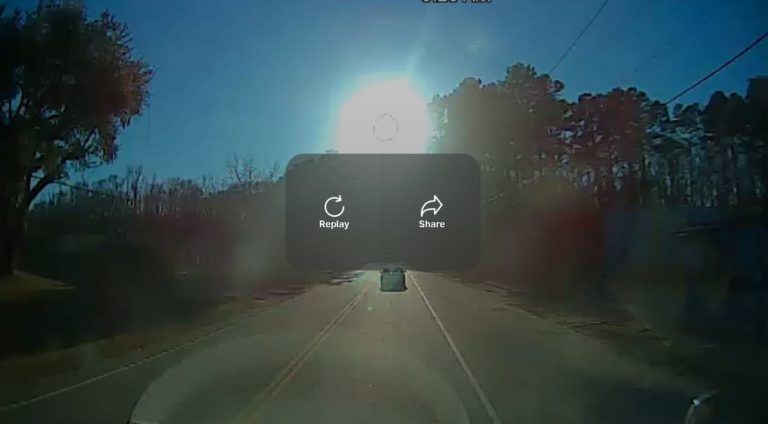
Ever wonder how so many products and goods get moved from where they are manufactured to where they need to be?
It is a complicated web of trucks, office workers, dispatchers, dock workers, mechanics, and many more that go into making all of this work.
When I started in the business, I was always amazed at how much went into making our family trucking business, consisting of around 250 trucks and 500 trailers, run effectively and efficiently. What was more amazing to me was how the “mega fleets” like Swift, Werner, and Schneider (just to name a few) were able to make it all work. These fleets have thousands, some of them over ten thousand trucks! Amazing…
Whats even more amazing – if you add up all of the mega fleets trucks plus all of the medium sized trucking companies you only come up with around 20% of the actual capacity that exists on the road today – mind boggling.
So why is this? Why is the trucking industry SO segmented? Or, why are the medium to large size trucking companies not growing their market share? These are questions that ALL people in the trucking industry as well as policy makers should ponder.
Here are our versions of answers to these questions below:
Why is the trucking industry not more consolidated?
As I stated above – roughly 80% of all truck capacity on the road these days is made up of “mom and pop” organizations. Meaning: fleets consisting of 10 or less trucks or owner operators. My answer to this question is simple, cost to operate.
Let me explain:
Owner operator/mom and pop fleet rough cost to operate one tractor/trailer:
$50,000 truck $10,000 trailer
- Depreciation on the truck is $833.32
- Depreciation on the trailer is $119.04
So roughly $950.00 per month. They can also run about 10,500 miles per month or more. Fixed cost is about $.09 cpm for him/her.
Medium/large fleet new equipment rough cost to operate one tractor/trailer:
$145,000 tractor $30,000 trailer
- Depreciation on the truck is $2,416.00
- Depreciation on the trailer is $357.00
So, roughly $2,775.00 per month. Running about 9,000 miles per month. Fixed cost is about $.31 cpm.
As you can see, there is a steep difference in overhead, and these owner operators are essentially getting the same or similar rates – sometimes even higher when there is a ‘capacity crunch‘.
You could ask: “don’t larger companies make up cost on maintenance, fuel, and insurance?” Yes, they do, but not $.22 worth, especially when you take production into account.
That is such a significant difference, it is a clear competitive advantage.
Why are the medium to large size trucking companies not growing their market share?
On top of the cost savings on equipment that “mom and pop,” organizations are able to benefit from, they are able to fly under the radar of regulations that have brought trucking efficiency down over the last few years – i.e. the E-Log mandate. However, with the ELD mandate happening this December, it is yet to be seen if the owner operators production will be as affected as the larger trucking companies was (3-5% for AMX).
In one of my previous blog posts, I explain why larger trucking companies were unable to skirt the ELD mandate for the waiting period (2015 to now).
As you have probably read in the trucking news, there is a significant driver shortage. But, is there really a truck driver shortage?
I would argue that there isn’t a driver shortage and so would the OOIDA (Owner Operator independent Drivers Association). There may be a company driver shortage, but not industry wide. As long as it is cheap and easy to get into the trucking industry, there will always be an influx of owner operators and less company drivers.
The question then becomes, are company drivers ‘safer’ drivers? Are our roads safer as a result of our policies?
I write this blog not only to show you a deep dive into the state of the trucking industry as a whole, but I also want to communicate how competitive the industry is. I hear all the time, “there is a LOT of money in trucking!” Well, yes they’re probably right – there is a lot of TOP line money in the trucking industry, but the variable overhead costs and ever changing regulations that decrease production are challenges that make BOTTOM line numbers tough to achieve.


